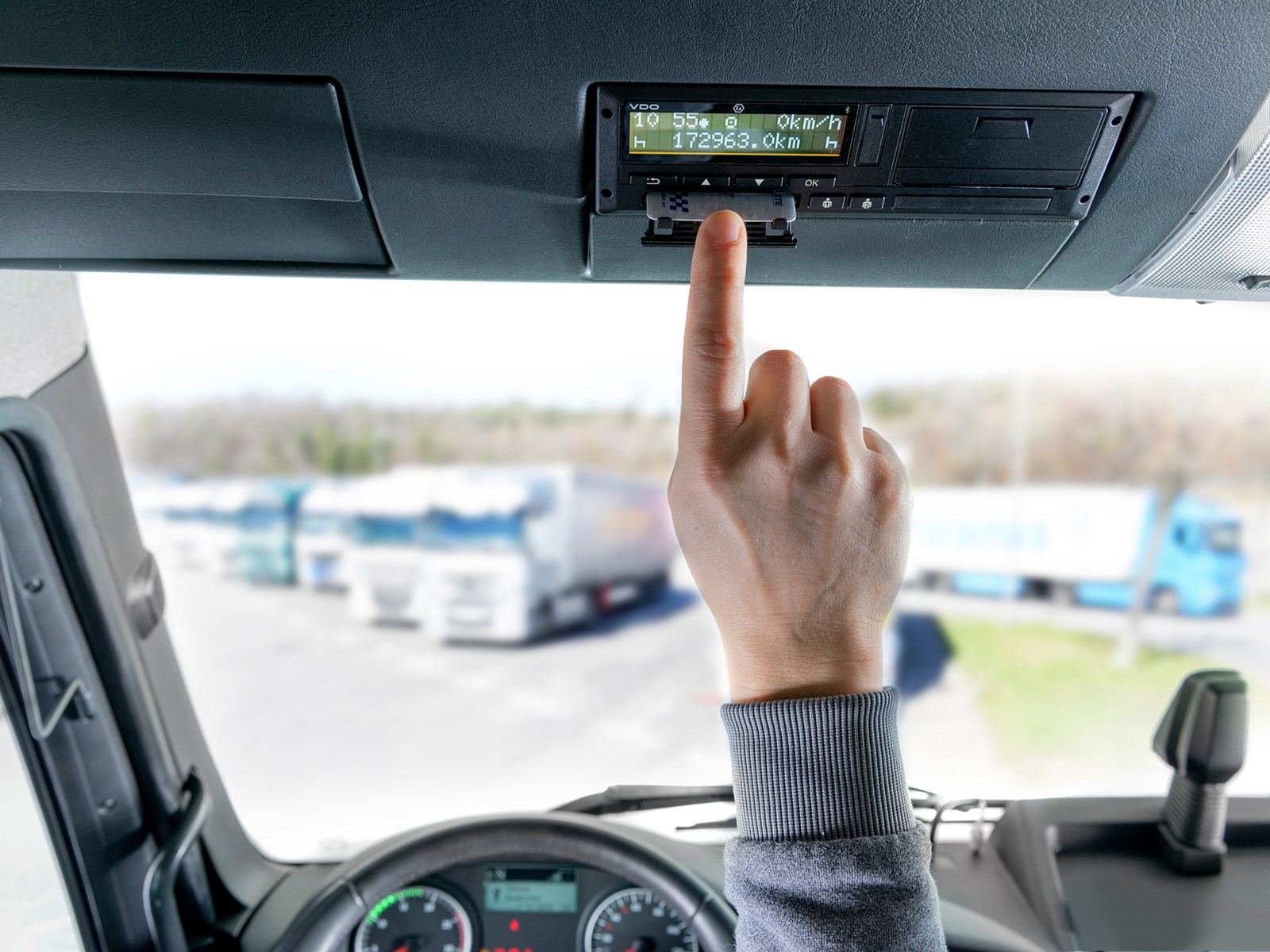The deadline still feels a long way off – and yet the logistics industry is already dealing with the next important date from the EU Mobility Package. From December 31, 2024, the obligation for drivers to provide documentation will be extended to 56 days, at the same time as the new driver cards will come into circulation, also with a recording period of 56 days. But is this a reason for drivers or fleets to feel uneasy?
No, definitely not. On the one hand, driver cards that have already been issued and still record data for 28 days will remain valid at the end of 2024 until their official expiration date. Secondly, contrary to general understanding, the driver card does not just record the data from the last 28 days. This number refers to the absolute minimum that the cards must be able to store. In reality, the driver card stores the tachograph data until its memory is full – even today. Then, and only then, does it overwrite the data stored the longest in the past. Even for frequent drivers, at least several months of data can be stored in this way.
What challenges do the new driver cards pose?
So, there is no reason for drivers to worry. But what about fleet operators and logistics companies? Should they expect problems due to the extension? This is not to be expected, as long as the introduction of the new version of the driver card runs smoothly at national level. Nevertheless, there are a few things to bear in mind. Fleets are still obliged to regularly download and archive the data recorded on the driver card after 28 days – and this will remain the case with the 56-day driver card and after December 31, 2024.
However, a challenge could actually arise if fleets want to integrate the 56-day driver cards into the daily operation of their fleet: Not all fleet management software and hardware tools currently used for downloading and evaluating tachograph card data are already capable of processing the new extended period. Fleet operators should therefore check their devices for compatibility with the new driver cards in good time before the changeover date. Both our smart tachograph of the second version DTCO 4.1 and our fleet and tachograph management platform VDO Fleet can already handle it today.
More penalties due to new driver cards?
Another concern that is worrying many in the industry: Will the extension of the recording period also uncover more infringements? In principle, the experts do not necessarily assume that more irregular behavior will be uncovered.
However, the extended recording period of 56 days enables the traffic authorities to check driver-related data over a longer period of time – especially if they are able to find suspect cases more frequently during remote roadside checks. Although these remote checks can only provide the authorities with an initial indication of black sheep, they naturally increase the likelihood of infringements being uncovered.
The extended recording period also gives fleet managers an advantage in terms of compliance: by monitoring the trustworthy data from the DTCO 4.1, they can take action themselves to ensure that their fleet complies with legislation. VDO Fleet provides a comprehensive overview of the most frequent infringements within the fleet. The VDO Fleet Scorecards (ERRU) function processes the data from the last 52 weeks and lists the ten most frequent violations in the fleet as standard. The scorecard even displays these for each individual driver so that targeted training is possible. Used proactively, the tachograph data from the extended recording period can therefore offer real added value for compliance and the operation of a fleet as a whole.




